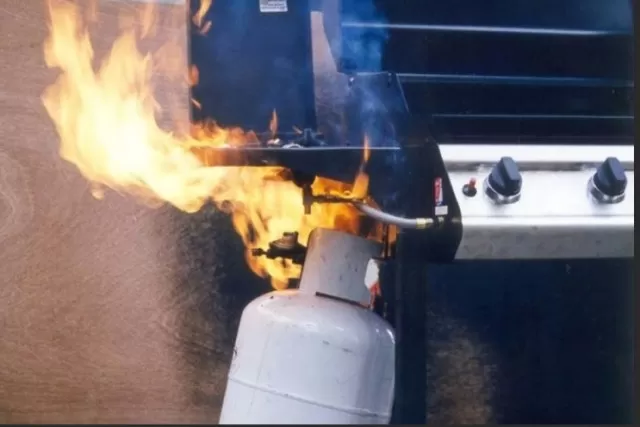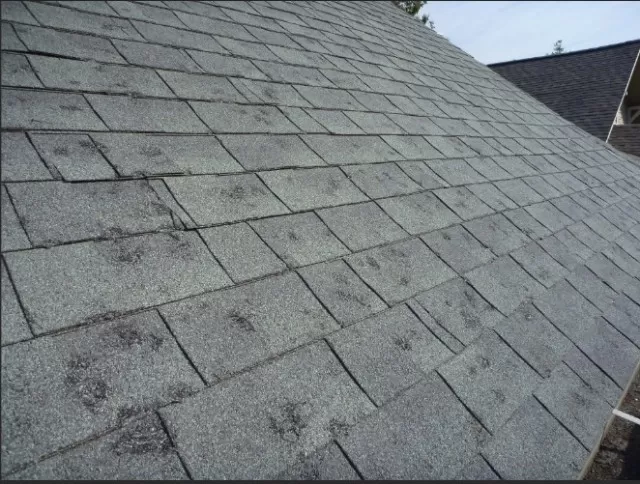10 Homeowner Emergencies and How to Handle Them (Part 1). It’s an undeniable law of both nature and homeownership: anything that has the potential to go wrong will eventually do so. However, with a touch of readiness and careful planning, the fallout from these inevitable household mishaps doesn’t have to be catastrophic.
By taking proactive measures and thinking ahead, you can mitigate the impact of unexpected events. From having a well-stocked emergency kit and a reliable insurance plan in place to conducting regular home maintenance checks and learning basic repair skills, preparedness is your ally in navigating the twists and turns of homeownership.
In essence, the key is to transform potential disasters into manageable inconveniences. When you’re equipped with the knowledge, tools, and Resources to tackle household challenges, you’ll find that you can weather these storms with resilience and composure. So, while the unexpected may always linger on the horizon, your preparedness can make all the difference in preserving the sanctuary and security of your home.
Addressing a Burst Pipe Emergency

From a fractured radiator to a corroded drain outlet, a burst pipe can quickly escalate into a major issue.
In such a crisis, swift action is paramount. If water is gushing uncontrollably, start by closing the valve nearest to the leak, effectively stemming the immediate flow.
Following this, shut off the main water valve that supplies your Entire House. With the main water supply safely halted, cautiously reopen the smaller valve to allow any residual water to drain gradually into containers or buckets, preventing further damage and facilitating the repair process.
Staying Safe During a Power Outage
When faced with a sudden blackout, prioritizing safety is essential.
Begin by disconnecting all appliances and electronics to shield them from potential harm caused by power surges when electricity is restored. While using candles for illumination, exercise utmost caution, adhering to fire safety guidelines to prevent accidents.
To stay prepared for such situations, ensure you have an ample supply of batteries and flashlights on hand.
For additional power outage safety guidance and tips, visit Ready. gov, a valuable resource for comprehensive information on emergency preparedness.
Responding to a Gas Leak Emergency

Should your carbon monoxide detector sound an alarm or you detect the presence of a gas odor in your home, take immediate action for your safety.
Evacuate the premises without delay. Once you are in a secure location outside, contact the gas company’s 24-hour emergency hotline and request a technician to come and inspect your home for potential gas leaks.
Prioritizing your well-being and promptly addressing the issue is paramount when dealing with a gas leak.
Safety First in a Basement Flood Emergency
When confronted with a flooded basement, it’s crucial to prioritize safety before attempting to salvage your belongings.
Start by turning off the circuit breaker to your house to minimize the risk of electrical hazards. If you cannot safely access the circuit box, it’s advisable to contact your utility provider and request their assistance in de-energizing your home’s electrical system. By taking these precautionary measures, you can help ensure your safety as you address the flood situation in your basement.
Addressing Storm-Damaged Roofing

When facing roof damage caused by a storm, a swift response is crucial.
The quickest and most straightforward interim solution involves securing tarps over the damaged areas, anchored in place with wood strips. However, it’s imperative to exercise caution and prioritize safety when dealing with such issues.
Ensure that all adverse weather conditions have passed before attempting any repairs, and take necessary precautions when climbing onto the roof.
Ideally, it is recommended to engage the services of a professional roofer to handle the repairs.
They possess the expertise and equipment to do the job safely and effectively. Following the temporary fix, make arrangements for more permanent roof patch-ups as promptly as possible to prevent further damage and ensure the long-term integrity of your roof.
*The information is for reference only.